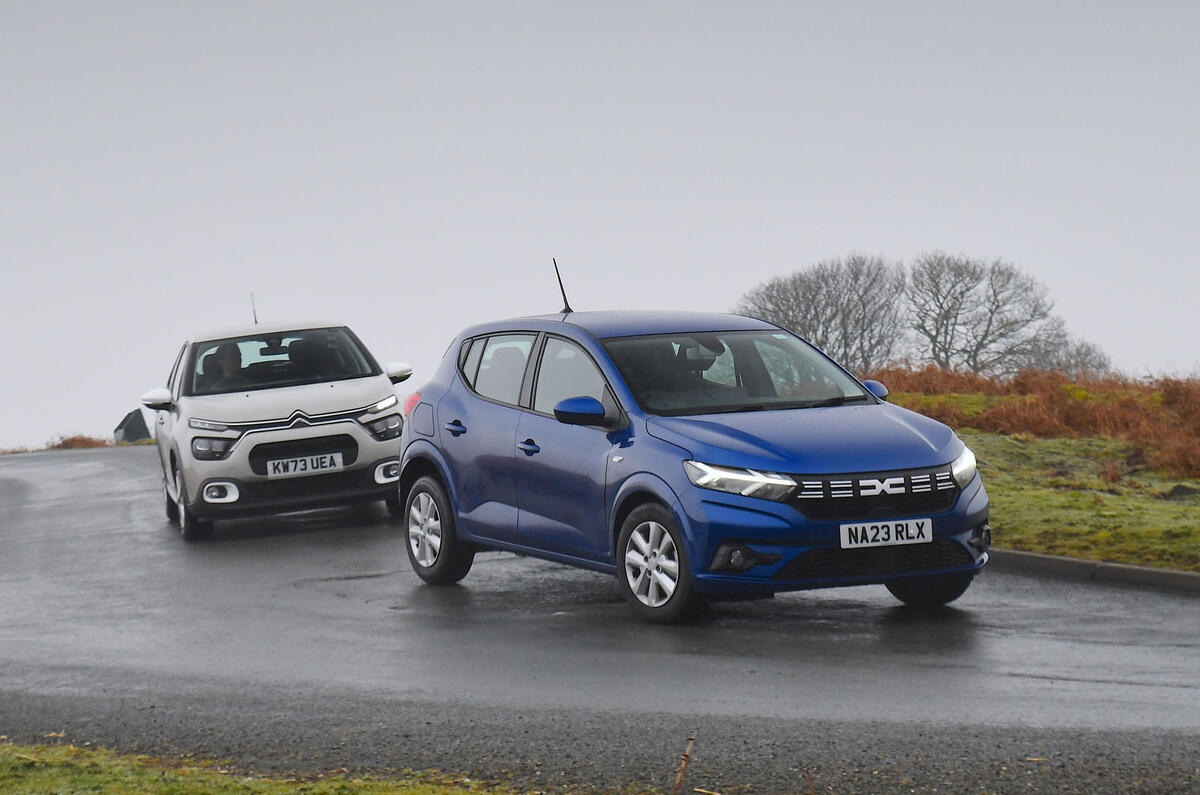Renault Group CEO Luca de Meo and Stellantis chairman John Elkann have called on European politicians to reverse the mandated switch to pure-electric powertrains and to devise a more flexible industrial strategy that allows manufacturers to keep producing small, affordable cars.
In a rare joint interview at the Financial Times Future of the Car summit, the bosses of the two rival firms rallied against the EU and UK’s 2035 deadline for combustion car sales and said the decarbonisation of the automotive industry is contingent on a more flexible approach - rather than a framework of “deadlines and fines” that ultimately makes cars more expensive for the consumer.




Join the debate
Add your comment
Shelton Kenny 's trading strategy has completely transformed my crypto journey. After years of setbacks, his guidance helped me recover my lost funds and multiply them threefold! His expertise is unmatched, and I truly encourage everyone to give his methods a try. Reach out to him on Telegram at (@Sheltonsignal)
I was on the verge of giving up on crypto after losing so much over the past few years. But thanks to Shelton Kenny’s expertise, I did not only recovered my losses but tripled my investment. His strategies are top-notch. You can contact him on Telegram at (@Sheltonsignal) Don’t hesitate
I had been losing money in crypto for the past 2 years, but after working with Shelton Kenny, everything changed. His trading skills helped me recover my losses and even grow my portfolio three times! I would definitely recommend you reaching out to him via Telegram at (@Sheltonsignal)